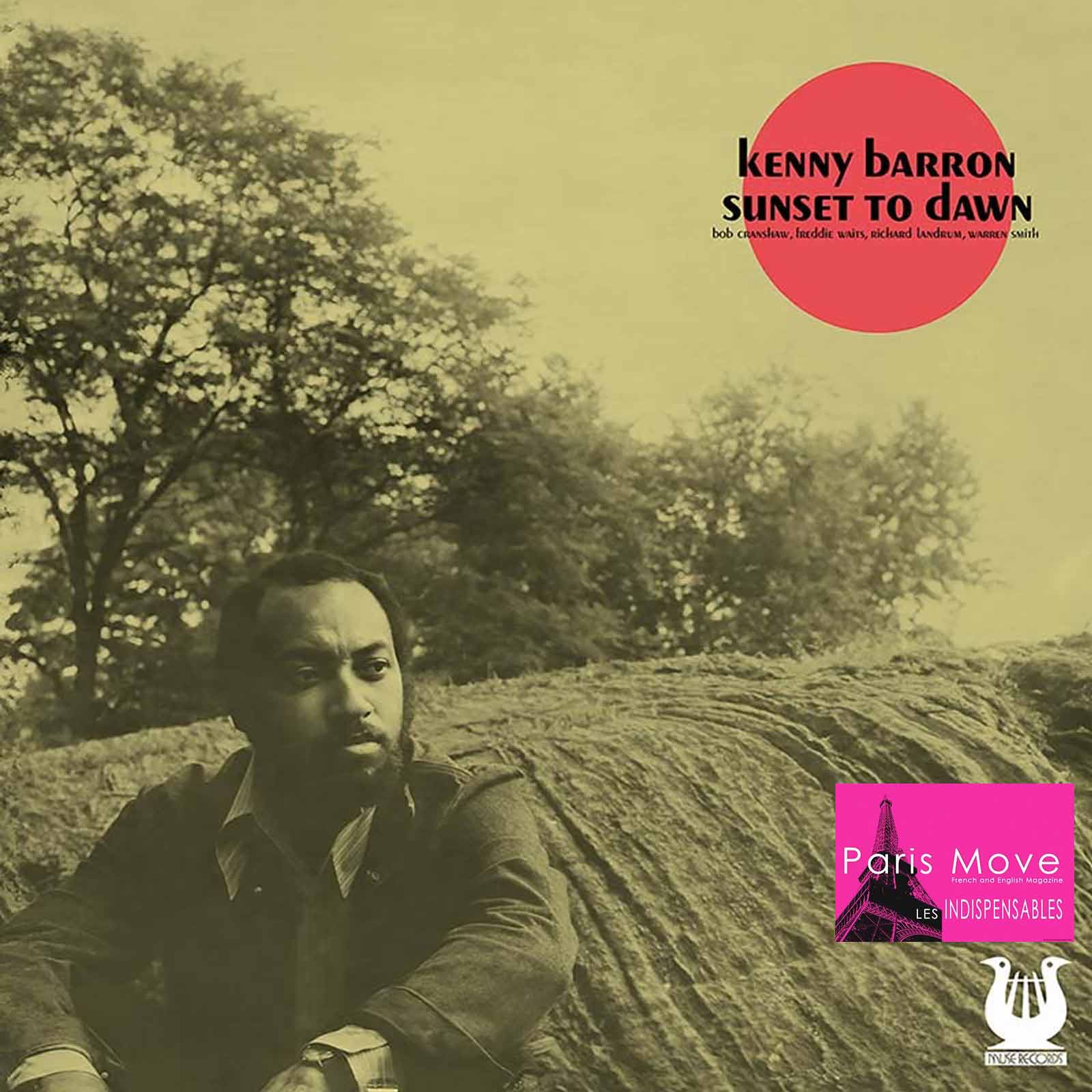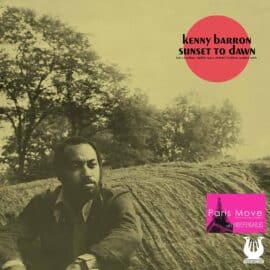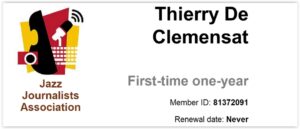| Jazz |

Rediscovering Kenny Barron’s “Sunset to Dawn”: The Birth of a Jazz Visionary
still lingered in the air, American music was in the throes of transformation. It was a time when colors seemed brighter, ideas freer, and the pulse of creativity, from New York to Philadelphia, vibrated through every record groove. Amid that surge of artistic energy, a young pianist named Kenny Barron was finding his voice. His debut as a bandleader, Sunset to Dawn, released on Muse Records, captured not just the promise of a prodigious musician, but also the spirit of an era that dared to blur boundaries.
The Philadelphia Sound and the Young Visionary
Philadelphia in the early ’70s was a melting pot of soul, funk, and jazz. Groups like M.F.S.B. were shaping the city’s signature sound, lush, rhythmic, and irresistibly funky. Barron, who would later become one of the defining pianists of modern jazz, absorbed those currents while charting his own course toward deeper, more abstract forms of expression. The funk textures on Sunset to Dawn’s opening track give way to something denser, more cerebral, as Barron’s piano lines unfold with a blend of warmth, intelligence, and quiet daring.
At that moment, he was a young man searching, experimenting, refusing to be confined by genre. His command of the keyboard was already magnetic, precise yet lyrical, full of subtle color and emotional weight. The album was both a declaration and an exploration: Barron signaling that he was ready to lead, but also ready to question.
From Dizzy to Discovery
Barron’s journey to this point reads like a jazz fable. At nineteen, he left Philadelphia for New York City, immersing himself in the city’s feverish scene. He played with Roy Haynes, Lee Morgan, and James Moody, who first discovered him at the legendary Five Spot Café. On Moody’s recommendation, Dizzy Gillespie hired Barron in 1962, without hearing him play a single note. It was in Gillespie’s group that Barron absorbed the rhythmic intricacies of Latin and Caribbean music, a palette he would later use to expand jazz’s emotional and geographic reach.
Over the next decade, Barron’s collaborations read like a who’s who of modern jazz: Freddie Hubbard, Stanley Turrentine, Milt Jackson, Buddy Rich, and of course, Yusef Lateef, whose introspective approach to improvisation left a lasting imprint on Barron’s artistry.
A Time of Freedom and Discovery
The 1970s, especially in cities like New York and Paris, were years of openness, a time when artists could rise quickly if they had vision and talent. Creativity was a kind of rebellion, and freedom of expression was a shared value across music, film, and visual art. Within that atmosphere, Sunset to Dawn feels almost inevitable, a record that bridges funk’s pulse and jazz’s intellectual fire.
Listening to it today, one hears not only a young man’s hunger but also a timeless fluency. Barron plays as though narrating a story between light and shadow, between silence and sound. His phrasing, at once deliberate and spontaneous, reveals a musician already deeply connected to something larger than himself, the unbroken current of jazz tradition and innovation.
The Making of a Legend
The decades that followed would confirm what Sunset to Dawn had promised. Signing with Verve Records, Barron accumulated nine Grammy nominations, beginning with the extraordinary People Time, his deeply intimate duo with Stan Getz, and continuing with Sambao, a Brazilian-inflected gem, and Freefall (2002). Spirit Song, Night and the City (with Charlie Haden), and Wanton Spirit (with Roy Haynes and Haden) each earned multiple Grammy nods for both album and solo performance. His Canta Brasil (Universal France), recorded with the Trio de Paz, was named one of JazzIz magazine’s ten best albums of 2003.
Through it all, Barron remained a scholar of the piano, elegant, inquisitive, unassuming. His music never lost the balance between intellect and soul that was first evident on Sunset to Dawn.
Why “Sunset to Dawn” Still Matters
Half a century later, the record hasn’t aged. Its energy and freedom feel almost subversive today, in an era more constrained by algorithms and commercial predictability. Barron’s early work reminds us that improvisation is not chaos, it’s knowledge made fluid. Each note on Sunset to Dawn carries the confidence of a mind liberated by understanding.
Listening to it now is to be reminded of a simple truth: art flourishes when intellect and curiosity are celebrated. Kenny Barron’s debut remains a testament to that, an invitation to rediscover the beauty of risk, the poetry of sound, and the enduring necessity of artistic freedom.
Thierry De Clemensat
Member at Jazz Journalists Association
USA correspondent for Paris-Move and ABS magazine
Editor in chief – Bayou Blue Radio, Bayou Blue News
PARIS-MOVE, October 6th 2025
Follow PARIS-MOVE on X
::::::::::::::::::::::::
Musicians:
Kenny Barron: Piano, Electric Piano
Bob Cranshaw: Electric Bass
Freddie Waits: Drums
Richard Landrum: Congas, Percussion
Warren Smith: Vibraphone, Percussion
Track Listing:
Sunset
A Flower
Swamp Demon
Al-Kifha
Delores Street S.F.
Dawn

